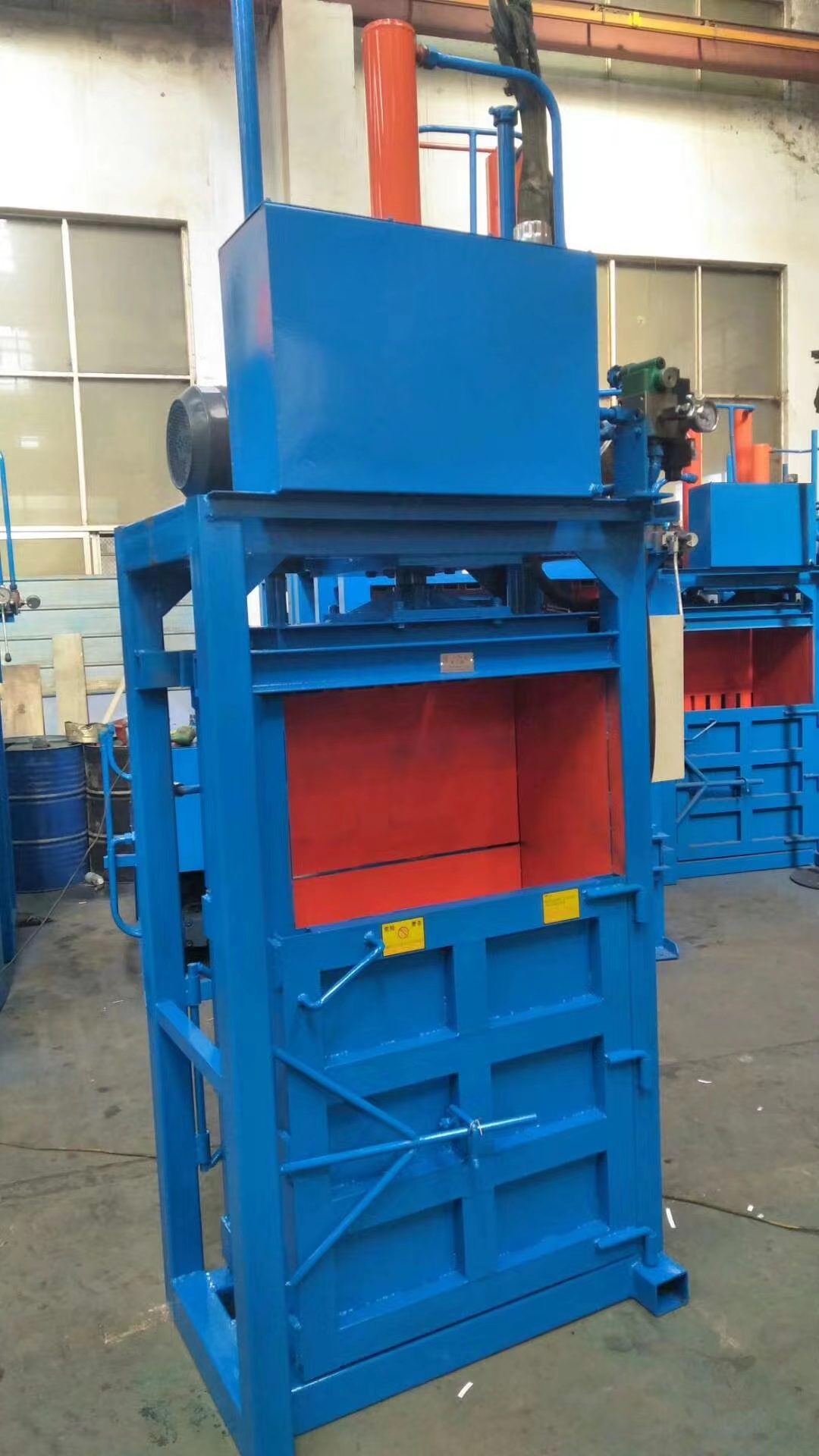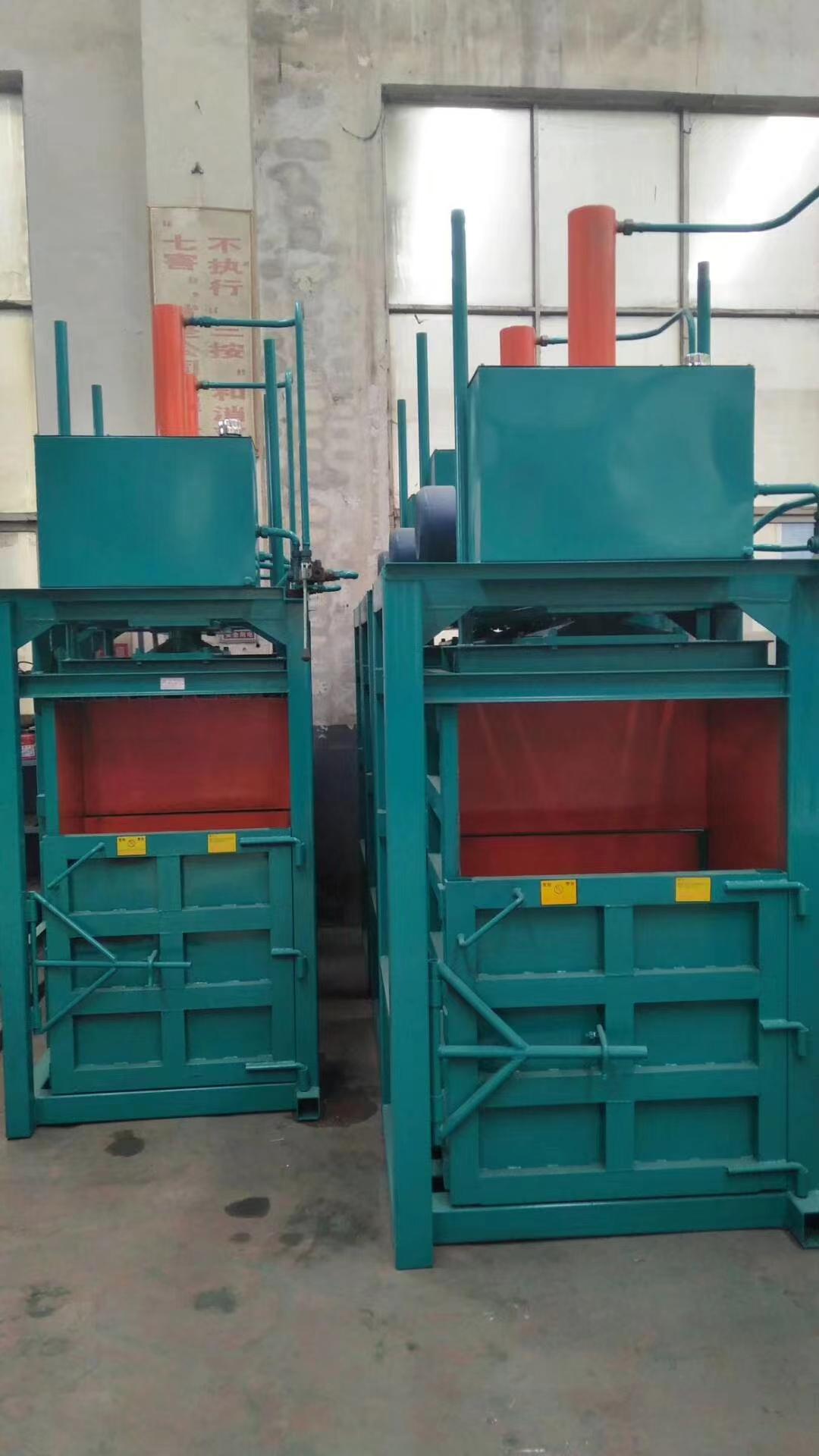Understanding Baler Machines: An Essential Tool for Material Compression
Overview:
A baler machine, also known simply as a baler, is a piece of equipment designed to compress loose material into compact bales, typically using twine, wire, or straps to hold the bales together. Baler machines are widely used in agriculture, recycling, and waste management industries.


Working Principle:
The basic operation of a baler machine involves the following steps:
- Feeding: Loose material, such as hay, straw, or recyclable materials like paper or plastic, is fed into the baler.
- Compression: The material is compressed using hydraulic rams or mechanical force, depending on the type of baler.
- Formation: As the material is compressed, it is formed into a bale shape, which can be square, round, or other shapes depending on the baler model.
- Binding: The bale is bound with twine, wire, or straps to maintain its shape and integrity.
- Ejection: Once the bale is properly bound, it is ejected from the baler.
Key Features:
- Types of Baler Machines: There are various types of balers, including square balers, round balers, and large square balers.
- Automation Level: Some balers are fully automated, while others require some degree of manual operation.
- Portability: Agricultural balers are often designed to be towed behind tractors for field use.
- Capacity and Speed: Different models can handle varying capacities and speeds of baling.
Applications:
Baler machines are used in various industries and applications, including:
- Agriculture: In farming, balers are used to compress harvested crops like hay, straw, and silage into bales for easier handling, storage, and transport.
- Recycling: In recycling centers, balers are used to compress materials like paper, cardboard, plastics, and metals into bales for efficient storage and transport to recycling facilities.
- Waste Management: In waste management, balers help reduce the volume of waste, making it easier to manage and transport to landfills or other disposal sites.
Example:
In agriculture, a farmer might use a round baler to compress hay into large round bales for feeding livestock during winter months. The baler would compress the hay, bind it with twine, and eject the bale onto the field or into a trailer for storage.
Conclusion:
Baler machines are essential tools in industries that deal with loose materials, providing a way to efficiently compress these materials into manageable bales. They offer benefits such as space savings, ease of handling, and reduced transportation costs.
-
 Trommel screenTrommel screen, also known as drum screens, are widely used in various industries for sorting and separating materials.Get Quote
Trommel screenTrommel screen, also known as drum screens, are widely used in various industries for sorting and separating materials.Get Quote -
 Crop straw double shaft shreddApplications:Biomass Energy Production: Shredded straw can be used as a feedstock for bioenergy plants to produce electricity or heat.Livestock Feed: Reduced-si...Get Quote
Crop straw double shaft shreddApplications:Biomass Energy Production: Shredded straw can be used as a feedstock for bioenergy plants to produce electricity or heat.Livestock Feed: Reduced-si...Get Quote -
 Zhongcheng Air Drum SeparatorAir drum separators effectively separate lightweight materials (e.g., plastics, paper) from heavier materials (e.g., metals, glass). This high efficiency is cru...Get Quote
Zhongcheng Air Drum SeparatorAir drum separators effectively separate lightweight materials (e.g., plastics, paper) from heavier materials (e.g., metals, glass). This high efficiency is cru...Get Quote
-
2024-06-11Optimize Your Waste Management Today with Our Advanced Drum ScreensUnderstanding the Mechanism and Optimization of Drum Screens for Waste Management
-
2024-07-16Twin-shaft shredders: ideal for efficient processing of waste and recycling materialsA double-shaft shredder is a mechanical device used to process waste and recycle materials. Its main feature is that it has two rotating shafts with serrated bl...
-
2024-06-05Waste Trommel And Copmost TrommelHowever, it's important to choose the right type of drum screen based on your specific needs. Today, Kevin from Zhongcheng Company will explain the differences...
-
2023-01-12Waste FeederWaste feeder was specially designed to optimize municipal solid waste sorting systems. The Drum Feeder ensures that your sorting system, baler or shredder has a...
-
2023-01-18RDF Making MachineRDF (Refuse Derived Fuel) making machine is a specialized equipment used in waste management and energy recovery processes. Its primary function is to convert v...



